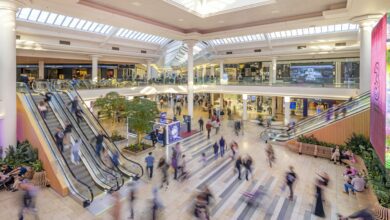From dark store to hybrid store – adapting to a new world order

It’s safe to say the embattled UK high street had a rocky start to the year, with a reported 18,248 retail jobs lost and 1,211 shops closed in the first two months of the year alone. In fact, in February, the high street saw a 7.8% drop in footfall, as shoppers were deterred by adverse weather conditions.







